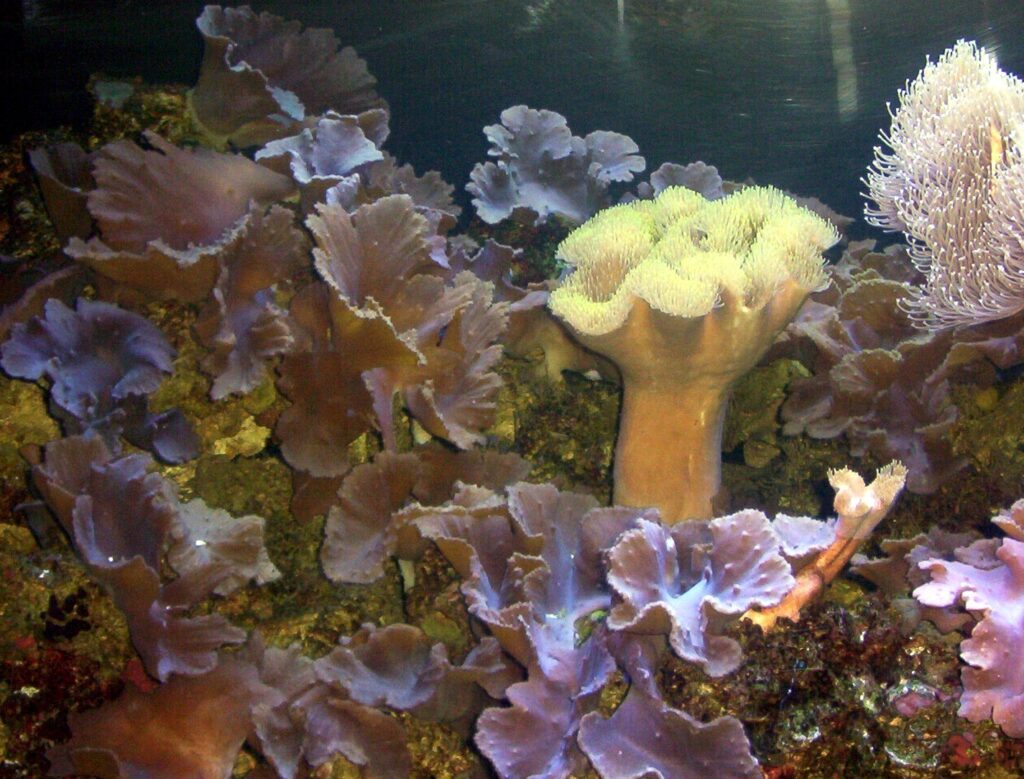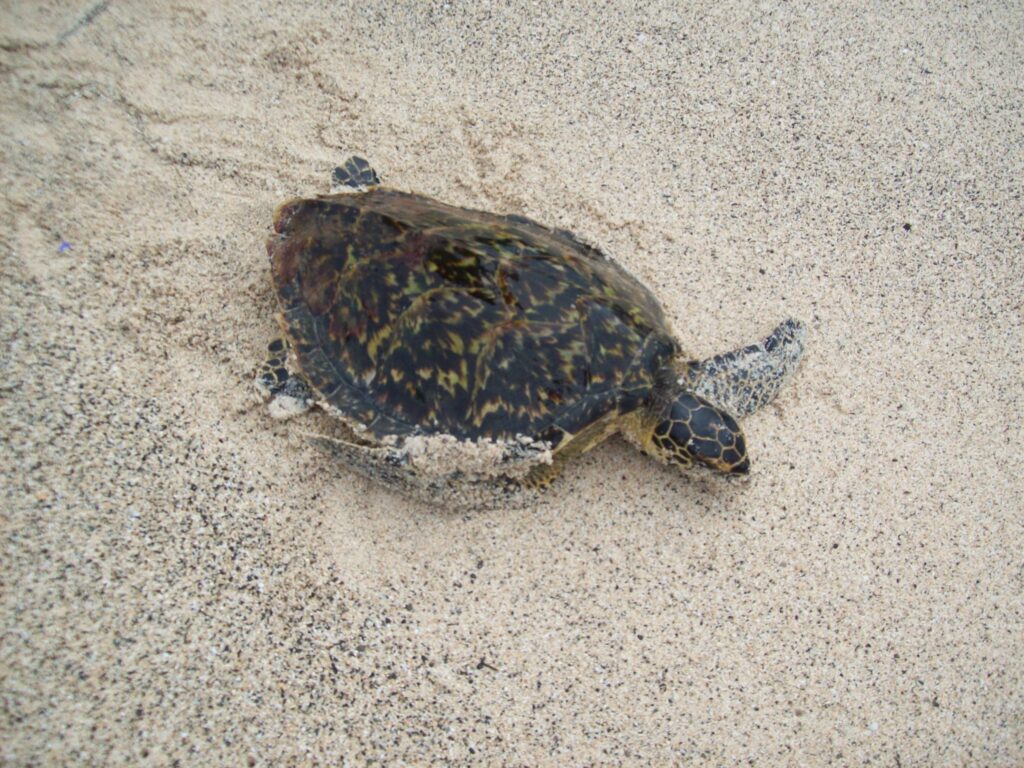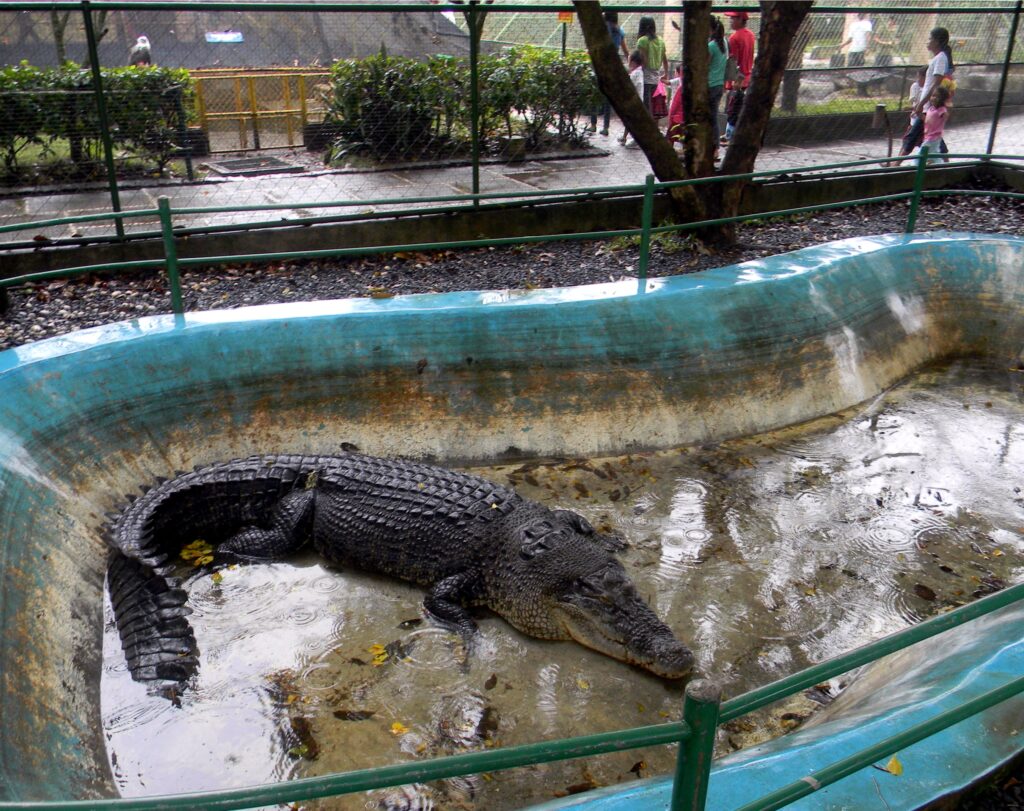Text and Photos by Henrylito D. Tacio
The Philippines is very fortunate to be one of the world’s megadiverse countries and also the center of the center of biodiversity, as proven in various expeditions where scientists and researchers have been able to discover new and endemic species in the country.
Dr. Terry Gosliner of the California Academy of Sciences led an expedition on the Verde Island Passage – a strait that separates the islands of Luzon and Mindoro – in 2015 and discovered more than a hundred species that are likely new to science.
“The Philippines is jam-packed with diverse and threatened species – it’s one of the most astounding regions of biodiversity on Earth,” media quoted Dr. Gosliner as saying in a press conference.
The following year, an expedition in the mountains of northeast Mindanao was done by Dr. Rafe M. Brown of the University of Kansas’ Biodiversity Institute. The team discovered a total of 126 species, including 40 frogs, 49 lizards, 35 snakes, a freshwater turtle, and a crocodile.
“The terrestrial biodiversity of the Philippines is amazing, and this part of Mindanao is the center of the center of that diversity,” commented Dr. Brown, a herpetologist who is interested in understanding evolutionary processes of diversification in the island archipelagos.
Facing extinction
Unfortunately, these rich repositories of natural wealth are being threatened.
“Development activities, land degradation, overgrazing and deforestation, pollution, overfishing, hunting, land-use change, and the overuse of freshwater, have pushed ecosystems to the limit,” former Senator Loren Legarda pointed out. “Our country has become one of the world’s top biodiversity hotspots, with a large number of species threatened with extinction.”
In 2012, the Department of Environment and Natural Resources (DENR) released the 48-page report, Communities in Nature: State of Protected Areas Management in the Philippines.

Coral reefs 
Marine turtle
Since 1992, 113 have been declared through Presidential proclamations as protected areas under the National Integrated Protected Areas System (NIPAS). However, only 13 protected areas have finally proceeded to be legislated as such in the more than 20 years since the NIPAS Act was enacted.
Endangered ecosystems
Although the country has been active in protecting its biological diversity, much has to be done. “Many scientists have expressed the concern that despite the significant gains in protected areas management, the Philippines is still losing its remaining forest and coastal ecosystems at an alarming rate,” the DENR report said.
In 2010, it was reported the Philippines has 6.84 million hectares of total forest cover or about 23 percent of the country’s total land area of 30 million hectares. An earlier study showed the country was losing an average of about 150,000 hectares of forest cover annually over the last 100 years.
The country’s coastal and marine resources are not spared. From its original area of approximately 450,000 hectares in 1918, the mangrove areas went down to 140,000 hectares in 1991. It decreased further in 1994 to 120,000 hectares.

In 2002, some of the top leading marine scientists ranked the country as the number one (according to the degree of threat) among the world’s top ten coral reef hotspots. The World Atlas of Coral Reefs, compiled by the United Nations Environment Program (UNEP), reported that 97 percent of reefs in the Philippines are under threat from destructive fishing techniques, including cyanide poisoning, over-fishing, or from deforestation and urbanization that result in harmful sediment spilling into the sea.
“At the rate our ecosystems are getting destroyed, many species may no longer be there when we need them,” deplored Samuel Peñafiel, who said those words when he was still the director of the DENR’s Protected Areas and Wildlife Bureau (now called as Biodiversity Management Bureau or BMB).
Tremendous wildlife resources
According to the BMB, the country has the highest rate of discovery in the world in terms of wildlife species. The Philippines ranks fifth in the number of plant species and maintains 5% of the world’s flora, and ranks fourth when it comes to endemic birds.

